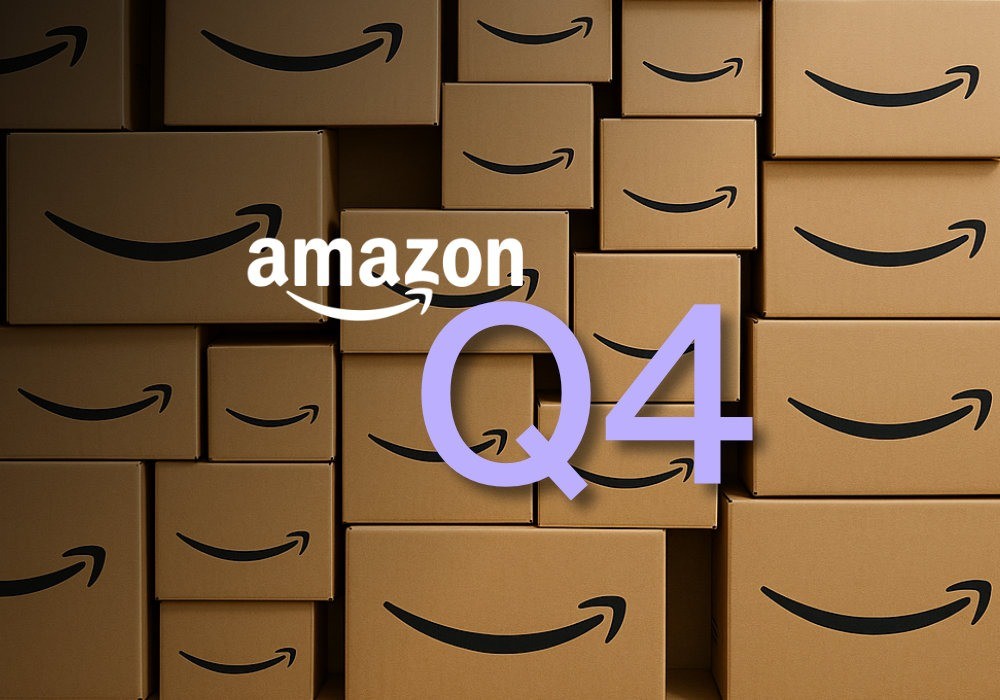Customer reviews and ratings are a crucial factor in driving sales on Amazon. They influence purchase decisions, impact product rankings, and help establish credibility in a competitive marketplace. Amazon enforces strict guidelines to ensure the authenticity and reliability of customer feedback, using machine learning models, verification processes, and automated checks to detect fraudulent activity.
For Amazon sellers, understanding how reviews and ratings work—and how to leverage them effectively—can be the difference between a successful product and one that fails to gain traction. In this guide, we’ll break down Amazon’s customer review system, explain how ratings are calculated, and provide strategies to maximize legitimate, high-quality feedback.
Why Customer Reviews Matter on Amazon
Amazon reviews influence buyer behavior more than any other factor. Here’s why they’re so important:
Builds Trust – 89% of online shoppers check reviews before making a purchase.
Boosts Search Rankings – Amazon’s algorithm favors products with high ratings and review volume.
Increases Conversions – More reviews mean more social proof, leading to higher sales.
Impacts the Buy Box – Strong seller feedback and product ratings improve Buy Box eligibility.
Provides Valuable Insights – Reviews help sellers improve products, optimize listings, and enhance customer service.
Yet, not all reviews are created equal. Amazon enforces strict review policies to protect buyers from fake or misleading reviews. Sellers must adhere to these rules to maintain account health and avoid penalties.
Amazon’s Guidelines for Customer Reviews
To ensure that reviews are authentic and useful, Amazon applies several rules and restrictions:
Who Can Leave Reviews?
- Only customers who have spent at least $50 on Amazon in the past 12 months can leave reviews or ratings.
- This policy prevents spam and fake reviews from inactive or newly created accounts.
Verified Purchase vs. Non-Verified Reviews
- A “Verified Purchase” badge appears when Amazon confirms the reviewer bought or used the product through the platform.
- Verified reviews carry more weight in Amazon’s ranking system.
- Non-verified reviews (reviews left by customers who purchased the item elsewhere) still contribute to overall feedback, but do not impact the product’s star rating unless additional content (text, images, or video) is included.
Prohibited Review Practices
- No incentivized reviews – Sellers cannot offer discounts, refunds, free products, or compensation in exchange for a review.
- No review manipulation – Sellers cannot edit or remove customer reviews in exchange for incentives.
- No fake reviews – Amazon takes legal action against fraudulent review groups and removes thousands of suspicious reviews every day.
- No competitor reviews – Sellers cannot leave negative reviews on competitor listings or ask others to do so.
Sellers who violate these rules risk severe penalties, including listing suppression, account suspension, or legal action.
How to report violations: If you suspect fake reviews or review manipulation, you can report it through Amazon’s Community Guidelines.
How Amazon Calculates Star Ratings
Amazon’s overall star rating system is more complex than a simple average. The platform uses machine learning models to calculate product ratings based on several factors, including:
⭐ Recency of reviews – Newer reviews carry more weight than older ones.
⭐ Verified Purchase status – Verified reviews contribute more to the star rating than non-verified ones.
⭐ Review quality – Reviews with detailed text, images, or videos are considered more authentic.
⭐ Suspicious activity detection – Amazon identifies and removes fraudulent reviews.
Amazon’s algorithm continuously updates to improve accuracy and prevent manipulation. This means sellers must focus on generating genuine, high-quality reviews rather than trying to game the system.
Amazon Vine: Legitimate Early Reviews for New Products
Amazon’s Vine program allows brand-registered sellers to receive early reviews from trusted reviewers. Here’s how it works:
Amazon invites top-rated reviewers (Vine Voices) to test and review products.
Sellers provide free products, but cannot influence or contact reviewers.
Reviews are honest and unbiased, helping new products gain visibility.
Each ASIN can receive up to 30 Vine reviews.
For new product launches, Vine is one of the best Amazon-approved methods to get high-quality reviews quickly and legally.
How Customers Leave Seller Feedback vs. Product Reviews
Product Reviews vs. Seller Feedback: What's the Difference?
Amazon allows customers to leave two types of feedback:
Product Reviews – Evaluations of the item itself, including quality, features, and performance.
Seller Feedback – Ratings for the seller’s service, including shipping speed, communication, and overall experience.
Seller Feedback Guidelines
- Customers can rate a seller from 1 to 5 stars and leave a comment.
- Negative feedback can be disputed if it relates to FBA fulfillment issues, as Amazon handles shipping for FBA orders.
- Sellers can respond to Seller Feedback but cannot reply to Product Reviews.
Monitoring and maintaining strong seller feedback is essential for winning the Buy Box and maintaining Amazon account health.
How to Get More Legitimate Amazon Reviews
Since Amazon reviews are critical for success, sellers must use compliant strategies to encourage more organic feedback. Here’s how:
1. Automate Amazon’s “Request a Review” Feature
Amazon allows sellers to send one review request per order.
- Manually requesting reviews is time-consuming.
- Amzigo automates this process, ensuring that every eligible customer receives a review request at the optimal time.
2. Improve the Customer Experience
- Fast shipping, clear product descriptions, and high-quality images improve satisfaction.
- Reduce negative reviews by providing clear instructions and troubleshooting information.
3. Provide Product Instructions and Warranty Messaging (Amazon-Approved)
- Amazon allows sellers to send product instructions and warranty details, which improves customer experience.
- Amzigo automates this process, ensuring customers receive helpful information without violating Amazon’s messaging policies.
4. Monitor Seller Feedback & Address Issues
- Amzigo tracks seller feedback, allowing sellers to identify trends, respond to negative feedback, and maintain high ratings.
By following Amazon’s guidelines and using automation tools like Amzigo, sellers can increase their review volume and improve their reputation without violating policies.
Conclusion
Customer reviews and ratings are the foundation of success on Amazon. While Amazon strictly enforces guidelines to maintain review authenticity, sellers can increase reviews organically through compliant strategies.
Amzigo’s Automated Review Centre ensures sellers maximize their review potential legally, improving visibility, rankings, and sales.
Looking to take your Amazon business to the next level?
Discover how Amzigo's advanced features, like our Automated Review Centre, Product Analysis, and Inventory Management, can transform your selling experience. Check out our features and try it for free!



